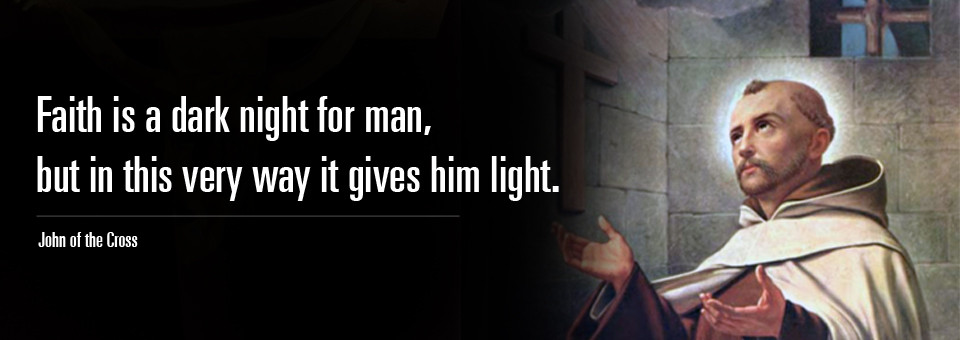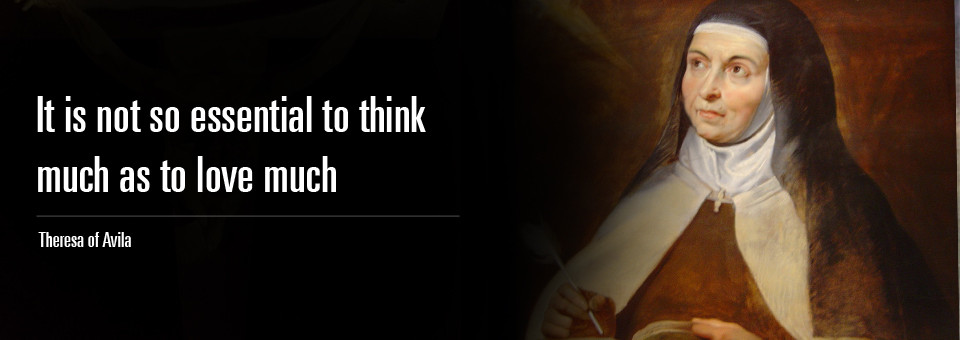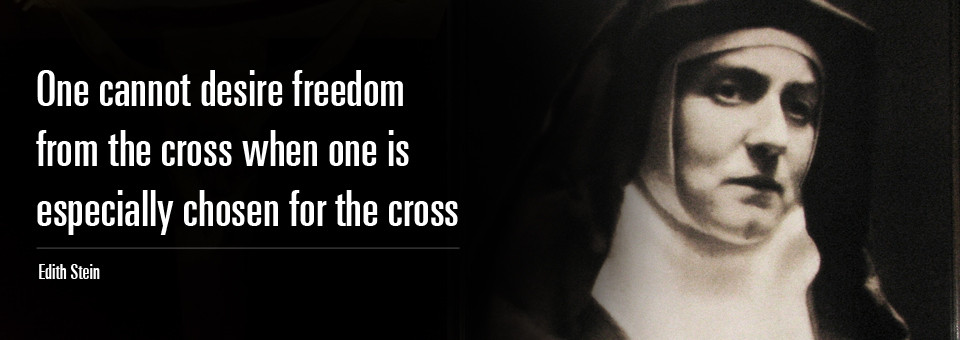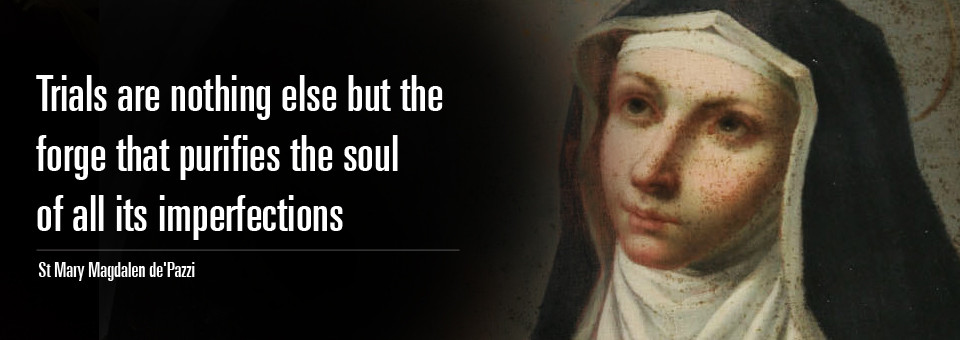Legends are a type of folklore that are not strictly historical but still express the basic simple faith of generations. Here are the history and some legends of Our Lady of Mount Carmel and Elijah. Very enlightening.
Scripture :
I Kings 18:42b-45a
42b Elijah climbed to the top of Carmel, crouched down to the earth, and
put his head between his knees.
43 “Climb up and look out to sea,” he directed his
servant, who went up and looked, but reported, “There is
nothing.” Seven times he said, “Go look again!”
44 And the seventh time the youth reported, “There is
a cloud as small as a man’s hand rising from the sea.” Elijah
said, “Go and say to Ahab, ‘Harness up and leave the mountain
before the rain stops you.'”
45a In a trice, the sky grew dark with clouds and wind,
and a heavy rain fell.
The four mysteries revealed in the little cloud.
As the servant of Elijah was making the seven-fold ascent, seeing on the seventh ascent a small cloud shaped like the foot of a man, Elijah remained prostrate. Elijah was then granted a vision in which he saw four mysteries:
Mary is revealed as an imitator of Elijah, and so the two patronal figures of our Order are brought into relationship on the level of the fundamental dynamism of Carmelite life, within the complex of the transforming values which are symbolized in virginity: love, purity of heart, readiness for the Word, total openness to God, service in the church, etc.

Consider these passages as they applied to the monks awaiting in prayer the coming of Mary:
IS 35:2 “the Beauty of Carmel is given to her” Carmel signifies the holy lives of the monks on Carmel, contributing far more to Mary than the mere material beauty of the mount.
Song of Songs 7:6 “thy head is like Carmel” refers to the dwellers on Mt Carmel because they were to be the crowning glory of Mary and are rightly placed as her head.

The Monks at the time of Mary
So the monks await the coming of Mary, the fulfillment of the mysteries revealed to Elijah.
About 70 years before the Incarnation it was revealed to the monks on Carmel that the redeemer was soon to come. It was revealed to them what family would be the ancestors of his Virgin mother, the girl child seen in the vision of the cloud.
A young girl by the name of Emeretzia, visited Mt Carmel with her mother. The monks encouraged the girl to follow her mother’s wishes and marry a devout man named Stolanus. They had two children: Esmeria who was to be the mother of Elizabeth, and Ann the mother of Mary. Emeretzia continued the custom of visiting Carmel with her children (Ann and Esmeria). Ann in her turn kept up the tradition and when Mary was born Ann brought her to visit the monks on the Holy Mountain.
[St. Teresa was familiar with this story as can be found in The Foundations 26:6. “While reading a book on the life of St. Anne, the child, when a little more than twelve years old, became very devoted to the saints of Carmel. For the author of the book says that St. Anne’s mother — I believe her name is Merenciana — often went to speak to those saints.” Actually in these sources the name of St. Anne’s mother is Emeretzia not Merecinana.]
In later years, when Mary was living in Nazareth, she would continue to visit the monks (only 3 kilometers or actually 26 kilometers?). With her companion virgins, Mary would visit the place where she had been prefigured in the cloud of Elijah. There she would show her motherly affection towards the hermits. Because of the chaste lives they lived in obedience to Elijah she called them her brothers.
Mary worked on Carmel, instructed and inspired her followers by her words, but principally by her example, as a teacher leading them to holiness. She also brought them gifts to help them in their poverty.
She also brought the Christ child to visit Carmel. With joy and pride the monks served Mary recognizing in her the one prophesized to Elijah, and so long desired in their prayers. They found a wonderful likeness between themselves and Mary in the practice of voluntary virginity and even in those days called Mary their Sister. These were the religious men in Acts 2:5 [Now there were devout Jews from every nation under heaven staying in Jerusalem] who were in Jerusalem on the day of Pentecost and under the influence of Mary were baptized by the apostles.
After the death of Christ, when John the Evangelist had been driven out of Palestine, and was no longer able to care for Mary, Mary returned to Nazareth, and renewed her friendships and visits to Carmel. Just as she had inspired and trained the apostles in the days before Pentecost and after, so now she trained her brothers on Carmel, that her son might live again in the hearts of the elect.
When the time of her death came, she called the monks of Carmel to herself and in their presence died. In her memory they built a chapel in Nazareth, and a chapel in the house of St. Ann by the “golden gate” in Jerusalem where Ann and Joachim were said to have met.
After the Assumption they replaced the old oratory on Mt Carmel with a shrine to Our Lady. In her honor they built a chapel on the site of the vision of Elijah and were henceforth known as the brothers of Blessed Virgin Mary of Mount Carmel. [Carmelites have defend the dedication of this chapel on Carmel by the foundation of Elijah as dating back to apostolic times.]

New Testament Days
Christian community and mission
The monks, now Christians, lived the Christian life: ‘faithful to the teaching of the apostles and to the breaking of bread, with one accord they persevered in prayer every day in the Temple, praising God in joy and simplicity of heart’ (cf. Ac 2.42, 46). They continue to meditate on the scriptures, but now find a hidden spiritual meaning in the OT books, which they studied in allegorical interpretation. Many preach Christ in Phoenicia and Palestine. They left their long desired solitude due to God’s call – important (why, because this give precedence for their new style of life in Europe after being driven from Mount Carmel.)
End of the history as given in the Institutio.
The monks enter Europe
ï They were lost without Carmel.
ï Still had a provincial appointed to Carmel – though no monks there
ï Had to defend the Order’s existence. The Fourth Lateran Council forbade new Orders after 1215. Carmelites were around before 1215 but not in Europe and they had to defend themselves.
What the young monks were taught:
Rubric of Prima (introduction in Constitutions)
In what way should one respond to those asking from where and how and by what means our Order takes it beginning? When certain younger brothers do not know what to reply concerning the truth to those who ask we would like to tell them the way to reply leaving behind a formula in writing. “We say in certain testimony of the truth that from the time of the prophets Elijah and Elisha who were inhabiting Mount Carmel with devotion, holy fathers from both the old and new testaments were just as true lovers of the solitude of the same mountain for heavenly contemplation. They continued in holy penitence in a praise-worth manner in that same place near the spring of Elijah in wholly unbroken succession. Their successors were gathered into a collegium in the time of Innocent III by Albert of Jerusalem.”
So what do we make of all this. Is this “true”? No, these stories are not “true”. But a myth is true though it is not history.
Myths have a truth; the truth of a myth is not history. The truth of history is did it happen or did it not. Well, it didn’t. But is there truth in this – yes. In some way the Carmelite order can only be fully understood in terms of Elijah and Mary. The truth is that we can only see the Carmelite order identity in terms of Elijah and Mary.
The insights of the stories retain full value. They are not historical, but these legends can still inspire us today if they are put into living practice. It does not matter if Elijah perceived the four mysteries in the little cloud, what does matter is that the Carmelite meditation on Scripture found them there and put them into practice. The values which under gird the vision of Elijah are genuine values worth safeguarding.
Quoting Emmon Carroll O Carm.:
The authors thought they were following genuine ancient documents. They thought the Institituo probably written 1380 was of the 5th century. The legends have real value, not as ancient history, but witnesses to the Marian spirit and deep piety of the authors who recounted them and amplified them. They interest us not as literary forms but in a more profound way.
When legends have a healthy and organic connection with the truths of faith the legends can be a great value to help explain and describe and put into practice dogmatic beliefs. The authors, who used these stories, vision of Elijah and our Lady’s visits to Mount Carmel, did so to inspire their readers to greater devotion to the mother of God. They were interested in pointing out the great power of Mary’s mediation, her connection with Christ, and her role as our intercessor with Christ. By picturing the close relations that bound Carmel and Mary they encouraged a more ardent imitation – of the model, Mother, Queen, Virgin, Sister, of Carmelites. OCD’s call Mary sister – see Angelus. So there is still that connection.
What comes through from the legends in a clarity quite independent of the historicity is the sense of dependence on the Mother of God and of a conscious obligation to imitate her. (and her presence, shaving, bowing the head, they knew her (not about her))
Nowhere does this appear more soundly and more beautifully than Bostius.

Bostius: (15th century O. Carm) after speaking of the visits of Mary to the monks on Mt Carmel says:
I believe that the holy flock of Carmel instructed by the example and doctrine of so perfect a teacher must have often cried out under the influence of her great love “How have we deserved to be visited by the Mother of Our Lord. Oh most Blessed Mother, whom up to now we have been waiting for, who instituted our Order, who organized it and now rules it perfectly, you are the fulfillment of the law, the completion of the figures, the declaration of the prophets, the showing forth of the truth, we who are privileged to live here, fill our hearts at your fountains, we openly profess that we are guided by your hand, helped by your intercession, brightened by your light, transformed into you and our life into your life. Nothing is better for us than your assistance, nothing more joyful than your consolation. Remain with us then O Lady Mary; we seek refuge in your bosom. A mother must stay with her sons, a teacher with her pupils, a superior with her subject, and a queen remain with her servants. Our Holy Father Elijah, dedicated himself and his sons to you, by your great merits you have given beauty and nobility to the whole family of Carmel, from its very beginning.”
Written by Sandra Malkovsky



